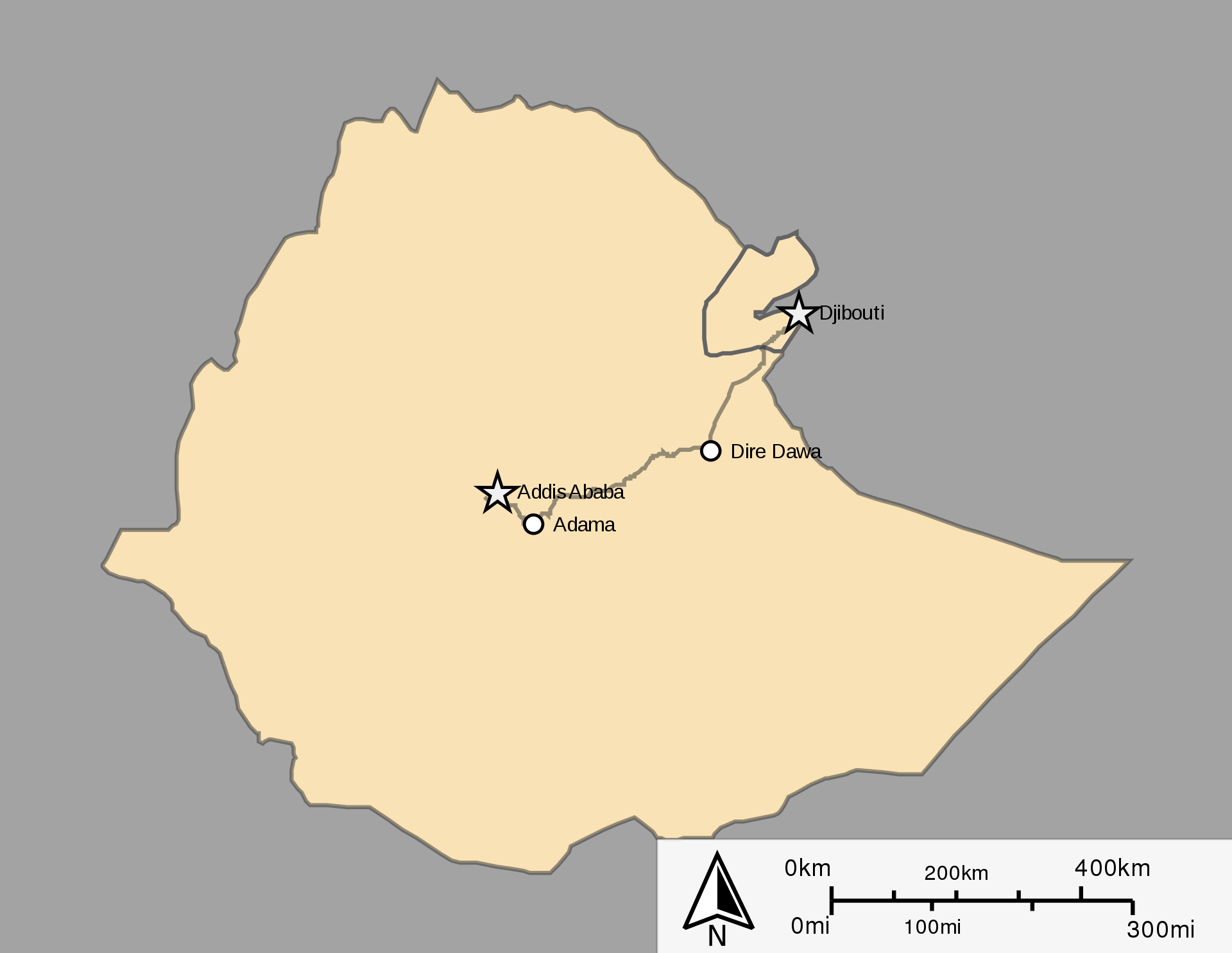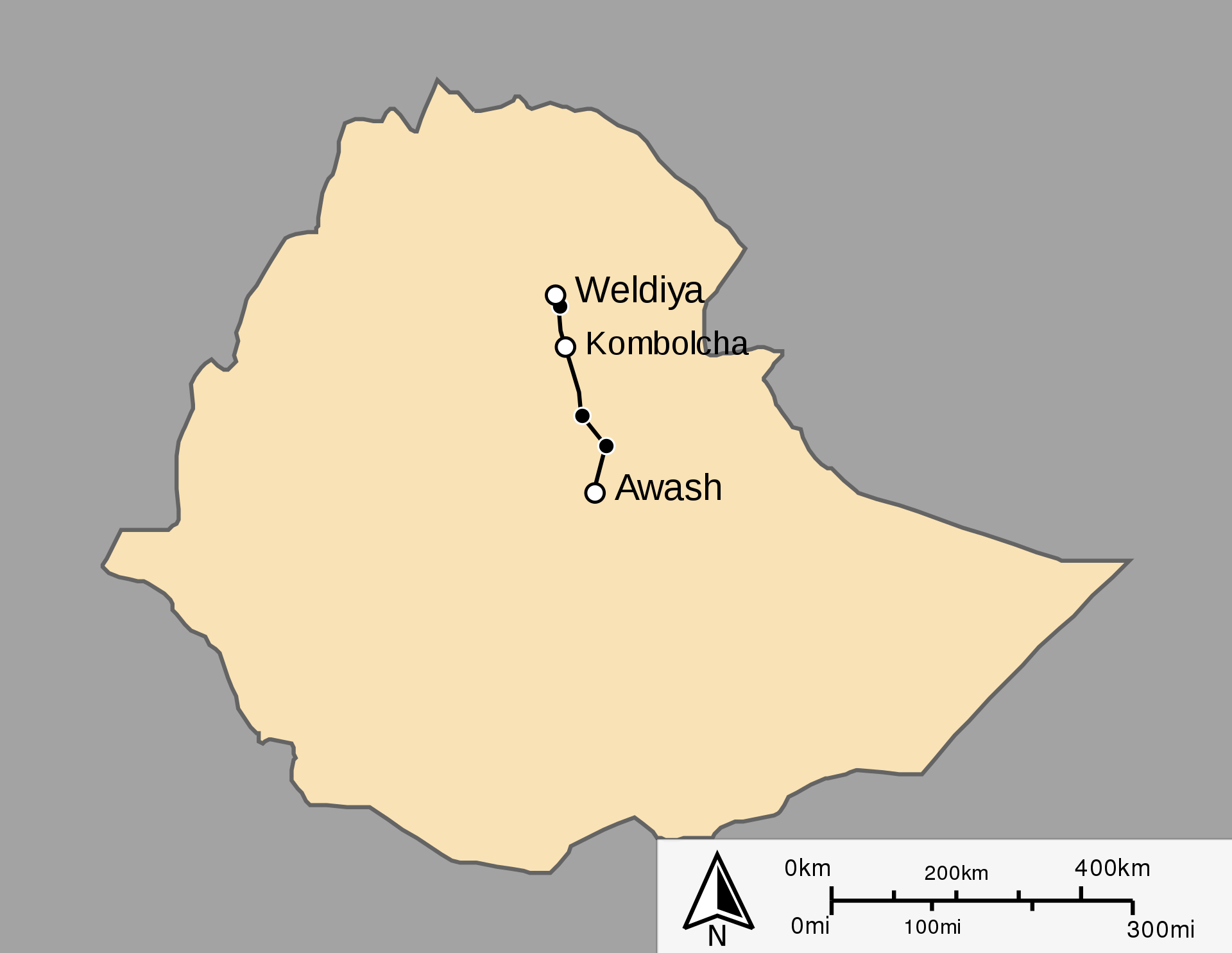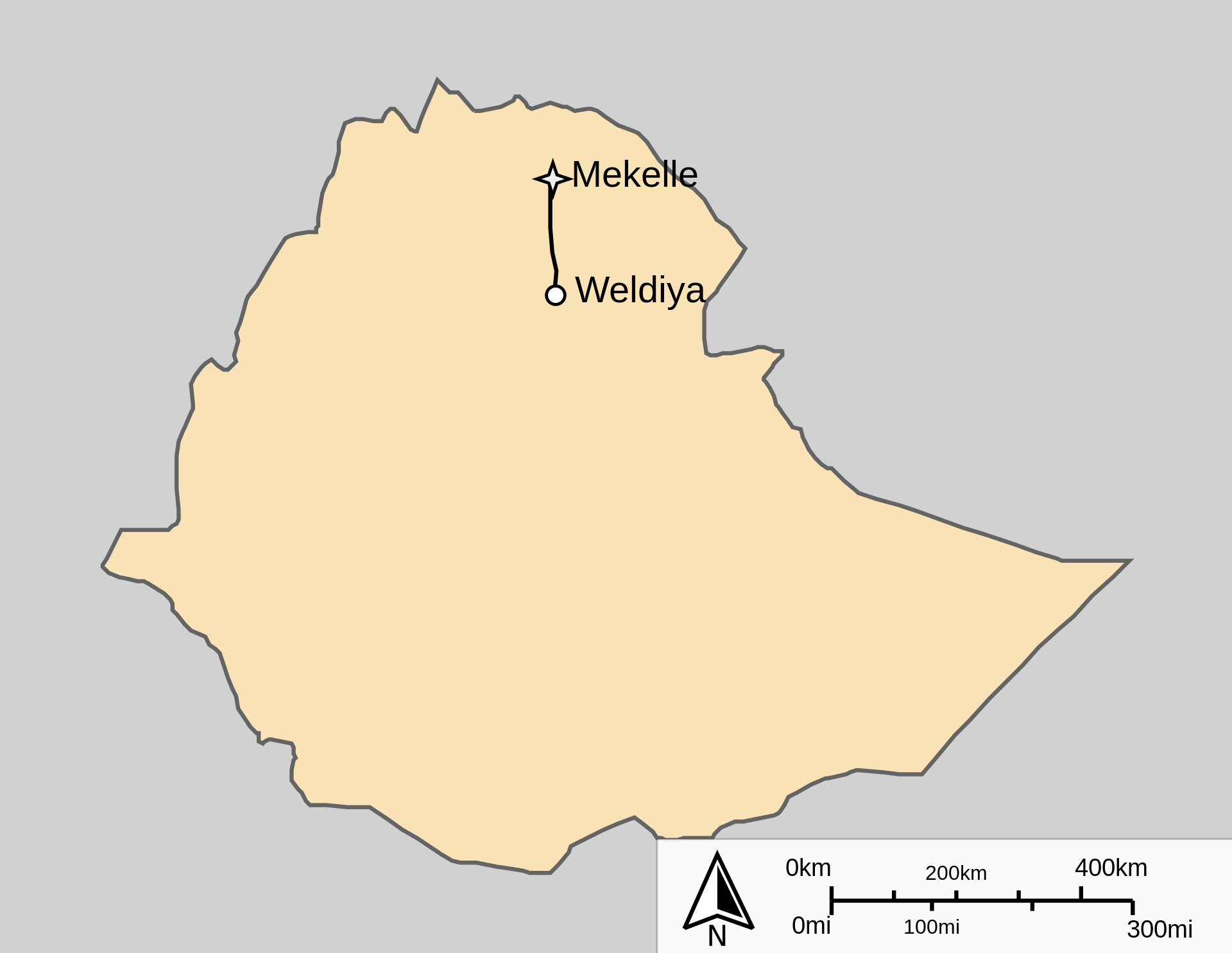You are using an out of date browser. It may not display this or other websites correctly.
You should upgrade or use an alternative browser.
You should upgrade or use an alternative browser.
I think you have to went to PL or anyone living in Garcaad.Somali towns have the most twisted layouts with no proper planning at all. Many towns have less than a dozen large roads due to this. So I am wondering since everyone is buying land in Garacad does the area have a city plan for instance a grid system?
I think @Crow is from Garacad. Do you know anything about this?I think you have to went to PL or anyone living in Garcaad.
Yes Garacad and all of Jaribaan district have city planning.
Garcaad share advertisement.
In roughly one year, Garacad port will be up and running. Its prime location will make it attractive not only to Somalis across the country, but also landlocked Ethiopians in the interior of the Horn of Africa. Unlike roadway transport, railway transport is significantly faster, more reliable, cheaper, and not affected by heavy rains. Therefore, railway transport is the best way to transport goods from Garacad into Ethiopia. With that in mind, I would like to examine the potential costs and considerations of a theoretical Garacad railway.
Location

A Garacad railway must pass through Gaalkacyo because of its central location and status as a trade hub in Somalia. Beyond that the two main potential routes are Garacad-Gaalkacyo-Galdogob and Garacad-Gaalkacyo-Bursalah: both are roughly 260 kilometres. Since this would be a transnational rail line with the Ethiopians responsible for the section on their side of the border, their input would have to be considered when deciding the location.
Cost
The cost of building a rail line varies widely from region to region.
The table below shows the cost per kilometre of heavy rail lines in low and middle income countries according to a recent study.
The authors were surprised by the low cost per kilometre in South America and speculated that it could be due to low land acquisition costs. I couldn't find any other information about it.
Rail Transport in Ethiopia
Ethiopia's first rail line was constructed by France over a century ago (1894–1917). It deteriorated to the point of failure cutting Addis Ababa off in 2004 leaving only the Diridhaba-Djibouti section working. Ethiopia was left with no choice but to build a new railway.

The 759 km Djibouti-Addis Ababa Railway opened in January 2018 at a total cost of $4.5 billion (30% higher than original planned). That is roughly $5.9m per km. It was built by China with 20,000 Ethiopians and 5,000 reer Djibouti hired for construction work over the 7 year project that included a 2 year delay. It was officially constructed "as cheap as possible", which led to critical infrastructure being missed causing delays. Out of the $4.5 billion, China loaned out at least $3 billion in 2013 and provided further funding beyond that.

The Awash–Weldiya Railway is a 392 km heavy rail line that has been under construction for 5 years and is estimated to cost $6.3m per km. Ethiopia is contributing $357.5 million and secured a $1.165 billion loan from Turkey, Sweden, Denmark, and Switzerland. They selected the Turkish company Yapı Merkezi to do the work with companies from Switzerland, Austria, Italy, Belgium, Denmark and Sweden also involved.

The Weldiya–Mekelle Railway is a 216 km heavy rail line has also been under construction for 5 years. It is expected to $1.5 billion at $6.2m per km. 40% of funds is to be supplied by Ethiopia with the remaining 60% sourced from foreign lenders. They've had problems raising funds and construction was halted by China in the summer of 2017 due to debt issues. It was restarted shortly after.
A proposed Addis Ababa–Jimma Railway, leading to southwestern Oromia, was cancelled in 2015 after Brazil pulled back a $1 billion loan.
Ethiopia has struggled with increasing external debt to GDP and lack of revenues over the last 10 years. In 2017, all loans were used up forcing Ethiopia to use their own money for the first time to continue ongoing railway projects. The TPLF was forced to cancel planned railway projects in Tigray citing high costs for $7-8m per km in the rugged mountains, instead of $4m per km in flat lowlands, or just $1m per km for roads. Due to the debt situation, Ethiopia will not begin any new railway projects in the foreseeable future.
Conclusion
Ethiopia is known for its mountainous landscape requiring both tunnels and bridges when constructing railways. $6m per km is roughly the average cost for their current railways and $4m per km is the Ethiopian estimate for lowlands. Factoring in our lack of experience, I believe that $5m per km is a reasonable expectation for a railway crossing northern Mudug. That means a Garacad railway could cost Puntland an astronomical $1.3 billion. For reference, the Garacad port project is about $50 million. Ethiopia has shown that foreign lenders from Europe to Asia to South America are available to provide funding, but they have also shown the risks involved in managing debt - it isn't free money. Puntland is unable to secure loans until Mogadishu clears its debt or a separate arrangement is made with the international community. Furthermore, regardless of what happens on our side of the border, Ethiopia cannot begin new railway projects until their debt crisis ends. With that, unfortunately, the dream of a Garacad railway is still far away.
Location
A Garacad railway must pass through Gaalkacyo because of its central location and status as a trade hub in Somalia. Beyond that the two main potential routes are Garacad-Gaalkacyo-Galdogob and Garacad-Gaalkacyo-Bursalah: both are roughly 260 kilometres. Since this would be a transnational rail line with the Ethiopians responsible for the section on their side of the border, their input would have to be considered when deciding the location.
Cost
The cost of building a rail line varies widely from region to region.
The table below shows the cost per kilometre of heavy rail lines in low and middle income countries according to a recent study.
| Region | Number of projects | Cost per km (millions) |
| Africa | 16 | 7.9 |
| Asia | 60 | 10.1 |
| Europe | 24 | 19.3 |
| North America | 6 | 33.4 |
| South America | 5 | 2.9 |
| China | 20 | 12.5 |
| India | 14 | 4.6 |
Rail Transport in Ethiopia
Ethiopia's first rail line was constructed by France over a century ago (1894–1917). It deteriorated to the point of failure cutting Addis Ababa off in 2004 leaving only the Diridhaba-Djibouti section working. Ethiopia was left with no choice but to build a new railway.

The 759 km Djibouti-Addis Ababa Railway opened in January 2018 at a total cost of $4.5 billion (30% higher than original planned). That is roughly $5.9m per km. It was built by China with 20,000 Ethiopians and 5,000 reer Djibouti hired for construction work over the 7 year project that included a 2 year delay. It was officially constructed "as cheap as possible", which led to critical infrastructure being missed causing delays. Out of the $4.5 billion, China loaned out at least $3 billion in 2013 and provided further funding beyond that.

The Awash–Weldiya Railway is a 392 km heavy rail line that has been under construction for 5 years and is estimated to cost $6.3m per km. Ethiopia is contributing $357.5 million and secured a $1.165 billion loan from Turkey, Sweden, Denmark, and Switzerland. They selected the Turkish company Yapı Merkezi to do the work with companies from Switzerland, Austria, Italy, Belgium, Denmark and Sweden also involved.

The Weldiya–Mekelle Railway is a 216 km heavy rail line has also been under construction for 5 years. It is expected to $1.5 billion at $6.2m per km. 40% of funds is to be supplied by Ethiopia with the remaining 60% sourced from foreign lenders. They've had problems raising funds and construction was halted by China in the summer of 2017 due to debt issues. It was restarted shortly after.
A proposed Addis Ababa–Jimma Railway, leading to southwestern Oromia, was cancelled in 2015 after Brazil pulled back a $1 billion loan.
Ethiopia has struggled with increasing external debt to GDP and lack of revenues over the last 10 years. In 2017, all loans were used up forcing Ethiopia to use their own money for the first time to continue ongoing railway projects. The TPLF was forced to cancel planned railway projects in Tigray citing high costs for $7-8m per km in the rugged mountains, instead of $4m per km in flat lowlands, or just $1m per km for roads. Due to the debt situation, Ethiopia will not begin any new railway projects in the foreseeable future.
Conclusion
Ethiopia is known for its mountainous landscape requiring both tunnels and bridges when constructing railways. $6m per km is roughly the average cost for their current railways and $4m per km is the Ethiopian estimate for lowlands. Factoring in our lack of experience, I believe that $5m per km is a reasonable expectation for a railway crossing northern Mudug. That means a Garacad railway could cost Puntland an astronomical $1.3 billion. For reference, the Garacad port project is about $50 million. Ethiopia has shown that foreign lenders from Europe to Asia to South America are available to provide funding, but they have also shown the risks involved in managing debt - it isn't free money. Puntland is unable to secure loans until Mogadishu clears its debt or a separate arrangement is made with the international community. Furthermore, regardless of what happens on our side of the border, Ethiopia cannot begin new railway projects until their debt crisis ends. With that, unfortunately, the dream of a Garacad railway is still far away.
African countries are getting railroaded by the Chinese. For instance, the 320 km high speed rail in Morocco cost 2 billion dollars but Kenya is paying 7 billion for a track less than 500 km.
You don't have permission to view the spoiler content.
Log in or register now.
Interesting. $265k per km is pretty good, at least compared to the Ethiopian estimate of $1m per km. Can you link me to that African Development Bank document?African countries are getting railroaded by the Chinese. For instance, the 320 km high speed rail in Morocco cost 2 billion dollars but Kenya is paying 7 billion for a track less than 500 km.
You don't have permission to view the spoiler content. Log in or register now.
https://www.afdb.org/fileadmin/uplo...Needs_Assessment_and_Investment_Programme.pdfInteresting. $265k per km is pretty good, at least compared to the Ethiopian estimate of $1m per km. Can you link me to that African Development Bank document?
Can a mod please make this thread sticky
Thanks
The future is autonomous.
Wouldn't it be much more cost effective to build highways since railways don't really bring huge cost savings over highways if you look into the long term cost of ownership and fuel savings.

Sure you'll spend 3-4x less using rail but you're also paying 5x more in construction and upkeep.
$1 in our hands is worth more than $2 in the future.
We could 5 more highway lanes for the price of a single railway track.
At the same time you could build out a lane only for autonomous EV trucks to push the costs down to below rail.
It would also provide more business to locals since we wouldn't need a multinational engineering corp to manage maintenance on the plain highway.
Wouldn't it be much more cost effective to build highways since railways don't really bring huge cost savings over highways if you look into the long term cost of ownership and fuel savings.

Sure you'll spend 3-4x less using rail but you're also paying 5x more in construction and upkeep.
$1 in our hands is worth more than $2 in the future.
We could 5 more highway lanes for the price of a single railway track.
At the same time you could build out a lane only for autonomous EV trucks to push the costs down to below rail.
It would also provide more business to locals since we wouldn't need a multinational engineering corp to manage maintenance on the plain highway.
Galnusian buisnessmen visit to see the port where thier buisness will be connected.
Mashallah, Dekeda umaada
Mashallah, Dekeda umaada
People are buying land now bigtimeWhat do you guys think about land/real estate investment in Garacad? It should be booming within 5-10 years
Trending
-
Racist Yemeni claims Somalis were being enslaved and sold by them
- Started by Laiis
- Replies: 330
-
-
Somali men got triggered over this post.. are they overreacting?
- Started by Laiis
- Replies: 102
